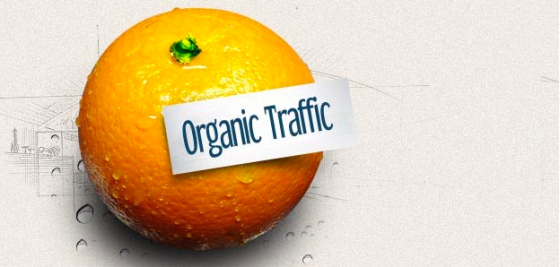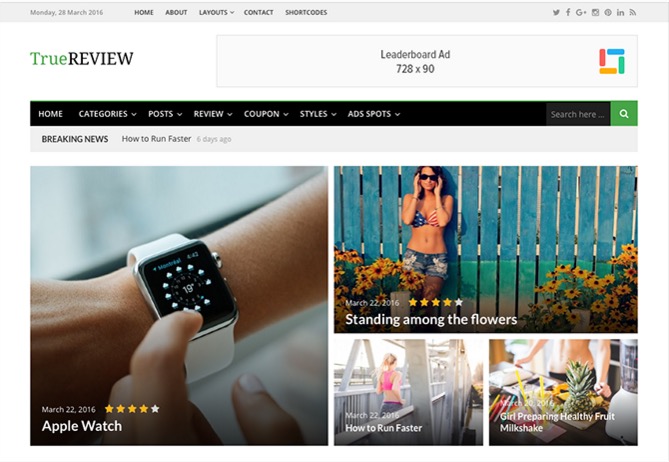In the world of SEO, the importance of metrics and data analysis has been rehashed to death, but the truth of the matter is that most marketing experts will stop at taking into account historic and prescriptive data, without actually going into the relatively less chartered territory of predictive data. As other experts have pointed out before, historic data is good to know where you’re coming from (i.e. past performance and a chronologic analysis of KPIs) and prescriptive data will tell you what you need to improve on, in order to achieve better success.

Predictive data, however, is part creativity, part strategy and, by and large, it is the measure by which a good Search Engine Marketing (SEM) pro will demonstrate their ability for synthesis and analysis.
Why, then, should one focus on making performance forecasts for SEO campaigns and overall traffic performance? The reasons are commonsensical enough.
- Forecasting will allow you to set more precise benchmarks for future activities within a single campaign or project. It will offer your client a more accurate way of evaluating the success of your team, on a client project, and will allow you to streamline the activities of your departments and team members on in-house operations.
- Forecasting efforts will effectively show you where you’re failing. If a predicted goal is not reached, or, conversely, it is surpassed (this is not always a positive sign either), this clearly indicates that there is a problem with your strategy, your workflow, and/or your team.
- Forecasting will both help you to bring in more clients, as well as enable you to save money. By forecasting organic traffic growth for any given client you will improve on the relationship of trust you want to build with them. By figuring out what exactly in your current strategy isn’t working, you will be more adept at intelligently investing your resources.
Now, if you think that the above only applies for businesses in the digital medium, you couldn’t be further from the truth. After all, from the burgeoning start-up to the established web brand, to the singularly voiced blogger, ‘making it big’ on the Internet is all about building up on brand acumen, visibility and presence. Organic traffic matters just as much for everyone, irrespective of the league they’re playing in online, and the great part is that it’s just about as delicate an issue and as difficult to attain for everyone involved.
How Google Panda and Penguin Changed SEO Best Practices forever ?
[youtube]http://www.youtube.com/watch?v=y-ikbTn77LU[/youtube]
That being said, there are four factors one needs to take into account, when attempting to forecast the growth of organic traffic:
- Historic data
You will, of course, want to have as much data at your disposal available for analysis – so don’t stop at Google Analytics alone – make sure you at least check out social media stats, too. The latter category will only provide a partial picture of your reach and the shareability of your content, but this partly obscured image will help you verify your initial observations of trends, derived from Google’s stats. Also, make sure to allow for outliers, which are basically spikes in organic traffic, be they upward or downward-bound.
- Growth
You have to be seeing some growth in your reports, even as small as 5 per cent in the beginning – and provided you’re at least doing some social media sharing of your own content, you probably are seeing just as much. Of course, in order to promote traffic development you will need to do much more than this. Think of it this way: if you were running an e-store, new product launches would be helping you reach more and more potential clients. For a blog, a very good strategy is link building, with the major amendment that you need to do it with consistency and target the same pages on and on, until you see some sustained growth on them.
- Seasonal factors
Seasonality is taken into account by all types of data analyses out there, from major sociologic surveys to the seasonal search tool on Adwords. The way you will be using this to your advantage is by calculating your average traffic per month, then determining an index of seasonality. If you’re getting 10,000 unique visitors per month, a month with 15,000 unique visitors would have to be seasonally adjusted by 1.5.
- Events
Bear in mind that some events that you promote on your site or blog may be one-offs, which cause a massive spike, but are not likely to have a long life span in terms of generating traffic. Commentary, Analyses, or even Infographics of last year’s election will continue to bring in visitors, but they will never bring in a surge of visitors as they may have initially.
We also recommend SEO Software for you to try and find the best one to suit your needs. You can manage single or multiple websites (client websites) which is great for small and medium seo companies as well. You can choose one from our Best SEO Software list. The software’s that we suggested will help you to monitor your website or blog better with specific keyword and suggestions to improve your web ranking as well.








Informative piece. Thanks for sharing